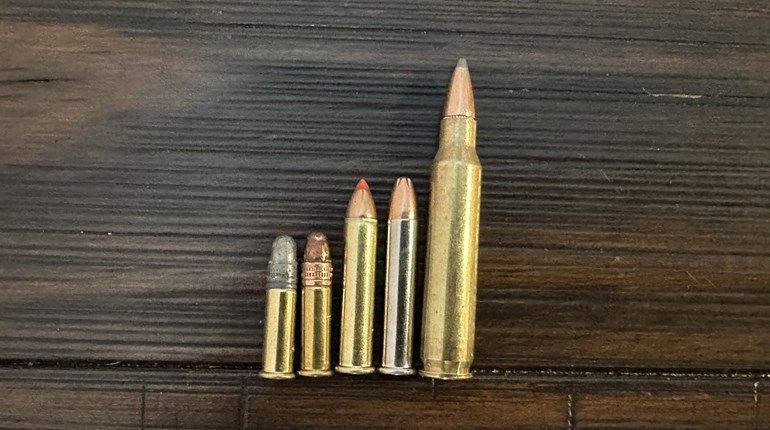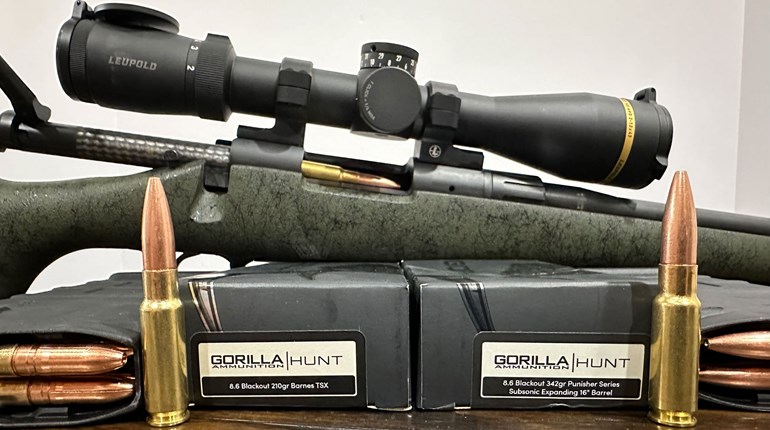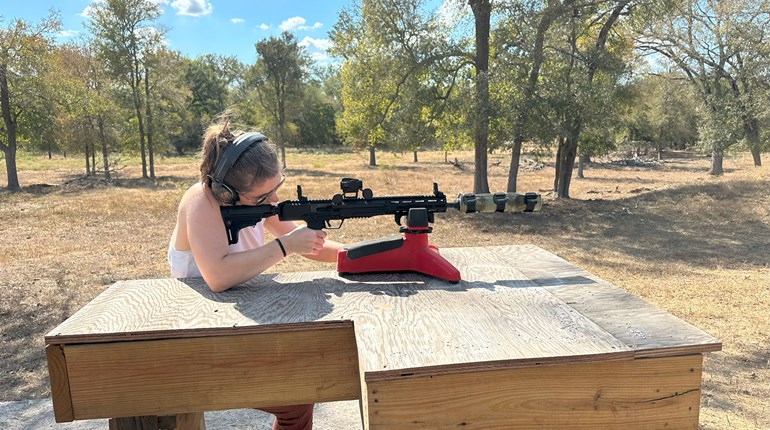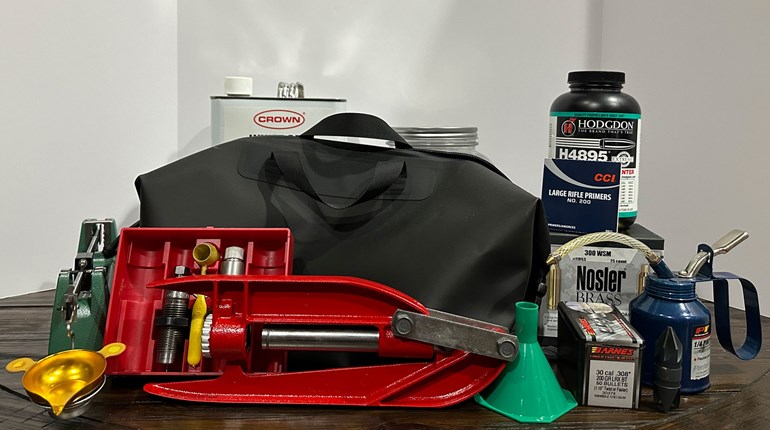
Certain cases have been necked up and down to fit a variety of calibers, and every so often, these cases make it to the commercial market. While the .308 Win. is perhaps the most popular and prolific one – check out the .243 Win., .260 Rem., 7mm-08 Rem., .338 Federal and .358 Win. for reference – the other common case that was experimented with was the .30-06 case, though to a lesser extent.
No AI for the .280 AI
The .280 AI was created by a fellow by the name of P.O. Ackley (for those unaware, Ackley was a renowned gunsmith and ballistician in the firearms industry long before any kind of software for any ballistics testing was readily available), who modified the .280 Rem. (the .30-06 was necked down to fit a 7mm/.284-caliber bullet with no other change). He altered the shoulder to 40 degrees, and the .280 Ackley Improved was created. This shoulder change can be done to any cartridge, so it’s technically not just the .280 AI that bears Ackley’s name. But the .280 AI cartridge is the only variant that became a commercially viable ammo offering, thanks to Nosler submitting the cartridge to SAAMI in 2007. So how is this modification of “Akley Improve”-ing a cartridge done, and what’s the benefit?
Improvised Improvement
Essentially what P.O. Ackley did was use strong rifle actions of the time (he tested many as a gunsmith) to experiment with case size and various dimensions, making the chamber a bit oversized, firing a charge of powder in the case, and blowing out the case body to fill the gap between cartridge and chamber. That’s an incredibly rudimentary way of stating things, and it was questionable. No one should do this nowadays, but Ackley didn’t have the technology we have today.
That said, he discovered one could gain an increase in velocity with a minimal increase in powder charges, and those slightly larger powder charges could now fit within the confines of the case since the internal dimensions were very slightly expanded.
Again, I feel the need to emphasize this was not the safest way to design a cartridge, but back then, there was more risk involved in cartridge creation. It was just part of the process.
What those few extra grains of powder got him were almost a couple hundred feet per second faster velocities. I know that doesn’t sound like a lot, especially when we’re used to dealing with measurements in the thousands, but it essentially got close to magnum velocities without having to use a magnum cartridge. A magnum cartridge would have been filled with significantly more powder, which returned significantly more recoil to the shooter’s shoulder. Basically, Ackley found a ballistic cheat code with his improved cartridges.
Mostly Magnum
As mentioned, Ackley’s modified case got near-magnum velocities without the magnum drawbacks. A common comparison, because these two cartridges fire the same bullet diameters, would be the 7mm Rem. Mag. compared to the .280 AI. Here comes the proof:
In this example, based on Nosler’s own reloading data, your average .284/7mm bullet weighing 150 grains is pushed to almost the same speeds between cartridges. With a max charge of H4831SC, which is 60.5 grains of powder, 2,995 fps is achieved from Ackley’s round, while 3,078 is achieved from the 65 grains of powder in the 7mm Rem. Mag. Looking at the lightest bullet weight info Nosler offers (120 grains), a max load of IMR4350 pushes the Ackley’s 120-grain bullet to 3,366 fps, while the 7mm Rem. Mag. is actually going a tad slower at 3,348 fps. And the 7mm Rem Mag. is doing that work with 5.5 grains more powder. Going to the opposite end of the spectrum, to 185-grain bullets, using a max charge of RL22, the .280 AI uses 55 grains of powder to reach 2,765 fps, while the 7mm Rem. Mag. is using 61 grains of powder to reach speeds of 2,716 fps.
As you can see, the .280 AI is going toe-to-toe with Remington’s most popular magnum, and doing so with roughly 10% less powder, meaning it’s also more efficient. But don’t worry about velocity if you don’t reload; these same velocities are pretty common in factory ammo so you’re not missing out on much, if anything at all. The point is, regardless of whether you choose to reload or shoot factory ammo, on game, the animal won’t notice a difference.
Pick your P.O.-ison
If you already have a 7mm cartridge, you probably don’t need another one. But if you’ve got a gap to fill in your cartridge catalogue between a 6.5mm-caliber cartridge (or less), and a .308-caliber something, the 7mm/.284 bore is your ticket, and you won’t go wrong with the milder shooting .280 AI over the 7mm Rem. Mag., or even the new 7mm PRC cartridge. Between a wide variety of components thanks to the popularity of the 7mm/.284 cartridges and abundant .30-06 brass, and the wide array of factory ammo since it became a SAAMI-recognized cartridge, there’s a lot to like – and learn about – the .280 AI.







































